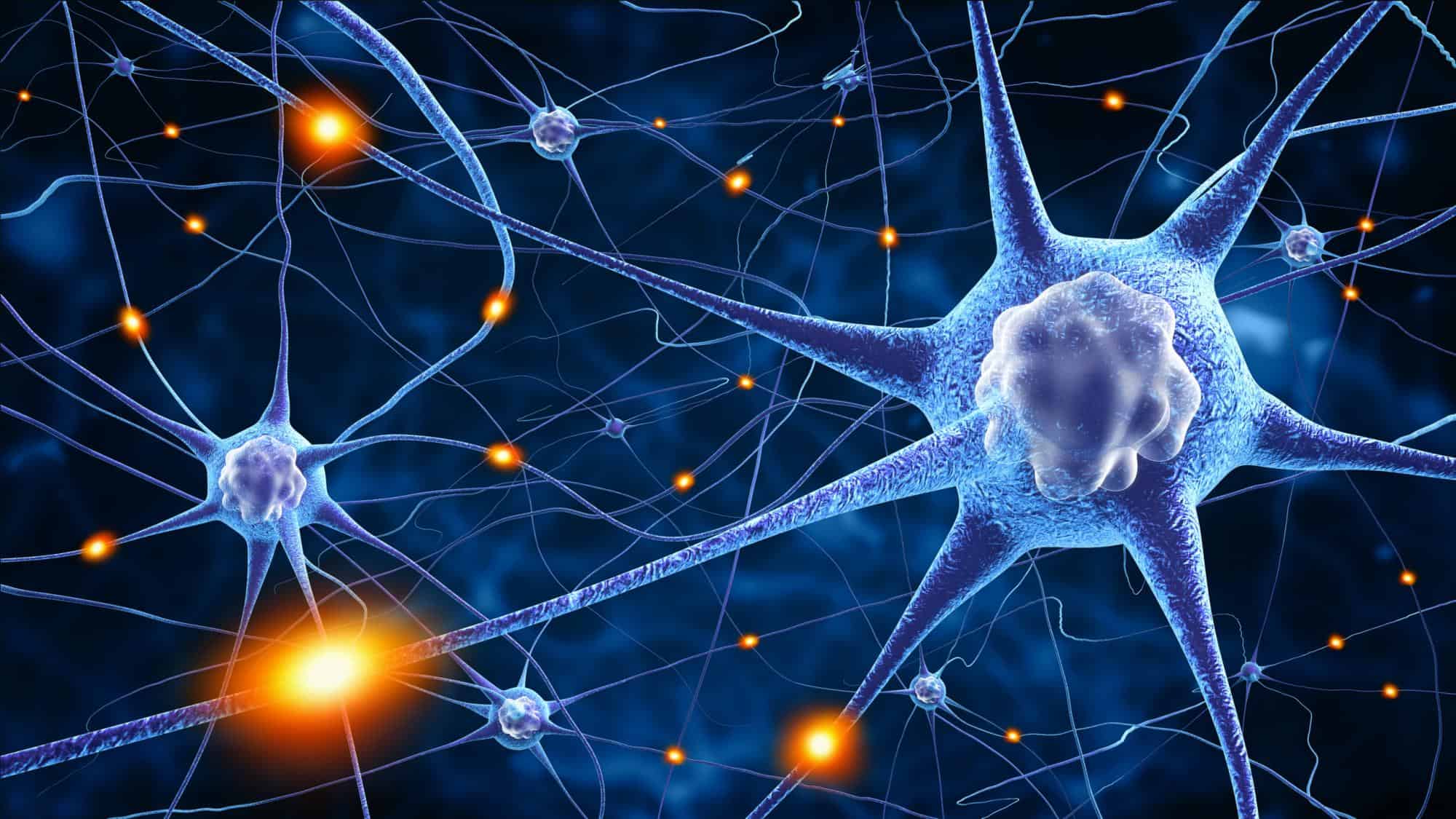Core Practical 9 – From Topic 4 (Biodiversity and Natural Resources)

Aim
To investigate and compare the antimicrobial properties of garlic and mint.
Independent Variable
Substance whose antimicrobial properties are being tested (garlic or mint)
Dependent Variable
Zone of inhibition made by substance (area measured in cm²)
Control Variables
- Same concentration of plant material used
- Type and amount of bacteria used – E.coli will be used as the bacteria and it will be evenly spread across an agar medium
- Volume of plant material used for each disc – 0.1 cm³ can be used per sterile paper disc each time
- Contamination of culture – aseptic techniques and sterile equipment used to avoid contamination of bacteria culture
- Temperature of cultures – all Petri dishes should be incubated overnight at the same temperature
- pH of medium – an agar jelly will be used in each case with a consistent, neutral pH
Why compare the effects of garlic and mint?
The inspiration behind this practical is the fact that most kinds of toothpaste contain a mint extract. Since toothpaste is used to remove bacteria in and around the mouth, this practical will test the effectiveness of mint as an antibacterial by comparing it to the antibacterial effect of garlic.
Equipment
- 3 Petri dishes where the agar is seeded with E.coli bacteria
- Garlic and mint plant material
- Pestle & Mortar
- 20 cm³ industrial denatured alcohol
- Measuring cylinder
- 3 sterile pipettes
- 12 sterile paper discs
- Sterile forceps
- Hazard tape
- Marker pen
- Ruler
Control
Four sterile paper discs soaked in distilled water can be placed on a Petri dish seeded with E.coli bacteria. This will act as a negative control to see if the bacteria die regardless of plant material being used.
Method
- Crush 3 g of garlic with a pestle & mortar and use a measuring cylinder to add 10 cm³ of denatured alcohol to the mixture. Shake the mixture occasionally for 10 minutes.
- Repeat step 1 but this time using 3g of the mint plant material.
- Pipette 0.1 cm³ of the garlic extract solution onto 4 of the sterile paper discs. Allow each disc to dry. Repeat this process for the mint extract solution.
- Label the other Petri dishes for garlic, mint and control solutions – include the date.
- Use the sterile forceps to place all 4 discs of each type of extract onto their corresponding Petri dish. Close each dish and seal with hazard tape. Make sure that a small gap is left so that oxygen can enter and there is no build-up of anaerobic bacteria.
- Leave the cultures to incubate overnight.
- Open each Petri dish and use a ruler to work out the zone of inhibition for each paper disc.
Results & Calculations
Use a ruler to calculate the radius for the circular clear zones around each paper disc – this is the zone of inhibition.
Use the equation A=πr² where r, cm, is the radius to work out the area of the zone of inhibition in cm².
You should observe that the mean zone of inhibition for the garlic extract is greater than that of the mint’s.
Conclusion
The reason that the zones of inhibition for mint are greater is because it has stronger antimicrobial properties. There is no current evidence that mint possesses antimicrobial properties despite its component, menthol, being a mild anaesthetic. On the other hand, garlic is a fairly strong natural antibacterial. The active ingredient in garlic is allicin, which interferes with lipid synthesis and RNA production in bacteria. This inhibits growth and leads to the death of bacteria.
Evaluation Points
- Contamination of microbes (random error) – use improved aseptic techniques. Clear and wash the area of work before and after with alcohol gel and wash hands before. Wear sterile gloves and set up Petri dishes under a naked flame.
- Not shaking extract enough to ensure enough active ingredient (random error) – use a centrifuge to separate and mix the extract.
- Uneven bacteria growth (random error) – ensure same lighting conditions used by keeping cultures under a lamp.







E M
A fre adjustments:
In the method, don’t open the dish to work out the zone of inhibition as the dish has E.coli in it, work out from below. As well in your conclusion, you’ve written mint instead of garlic on the first line. Other than that, very good article.